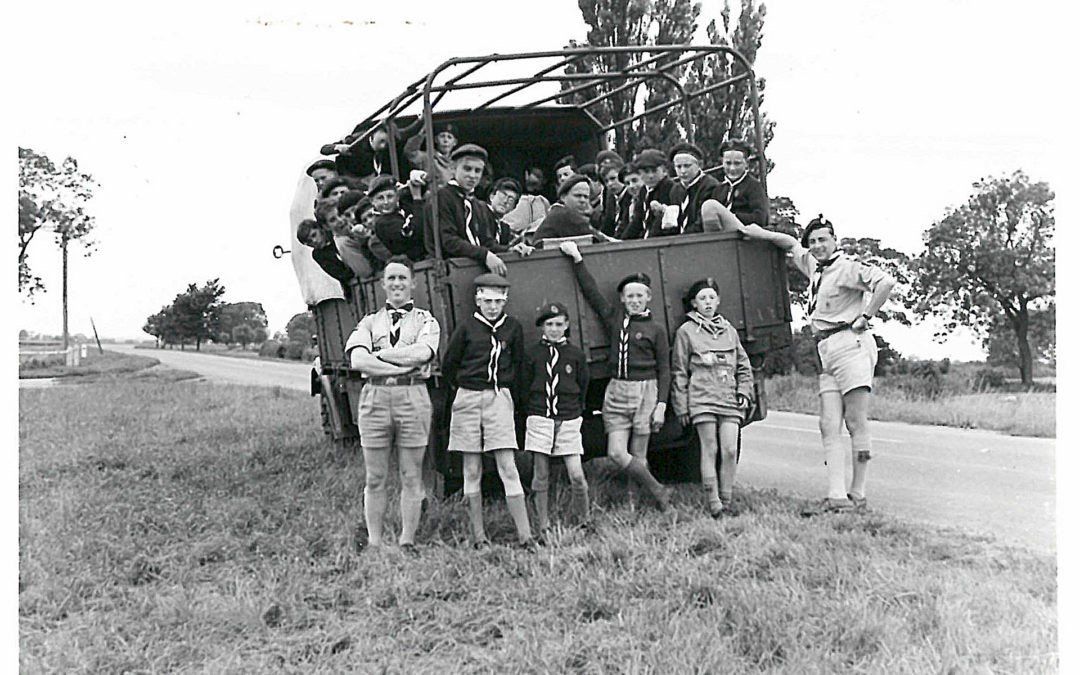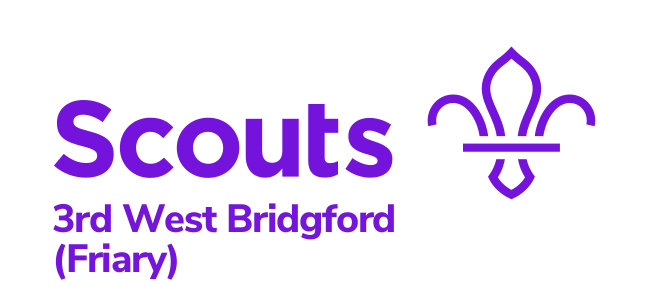A Moment in History - Scotland 1967
A Moment in History - Scotland Expedition 1967
Following the Scout Associations Advanced Party report of 1966 the Friary Group began exploring a range of adventurous activities to offer appropriate challenge for the newly created Venture Scout Unit catering for the 16 – 20 years age group. After considering a number of options including pony trekking, a canoeing expedition emerged as the favourite. Eleven canoes were built by members of the Unit – six were fibre glass single canoes built at the factory owned by the Everington family (Tony Everington was to lead the expedition), three were canvas and wooden doubles built from kits at various locations including the back yard of the parents of Mick Bragg on Musters Road and two were canvas and wooden singles built by individual members.
Intensive training was undertaken at the swimming baths and on the River Trent under the auspices of the County Council Education Department, lectures on survival were delivered by the R.A.F. and advice on lightweight equipment and high energy foods was sought prior to the departure of the expedition members on a Friday in late August 1967. They travelled by road in the Troop Lorry and cars via an overnight stop on Loch Lomond to Fort William. It was from here that without doubt the most adventurous of challenges ever mounted to date was undertaken by the Group. Tony Everington, Bob Robinson, Ray Baines, Dick Pole, Eric Pole, Geoff Collins, Mike Chapman, Mick Bragg, Victor Brown, John Lambourne, John Weil, Nigel Varley, Percy Pike and Iain Mattison were to make history by completing the first Friary Expedition to the North west Highlands of Scotland and in so doing setting a pattern which was soon to be repeated every three years for the next three decades!
With the sun rising from behind Ben Nevis, Sunday morning saw our intrepid heroes paddling out into Loch Linnhe to tackle the ‘narrows’ which act as a natural challenge to the entrance to Loch Eil. For safety reasons they were accompanied at this point by the local District Commissioner, Terry Payne in a Motor Torpedo Boat and once successfully through, the group proceeded to paddle the length of the loch reaching its western end by dusk and camping overnight on the shore. The following day the river network between Loch Eil and Loch Shiel at Glenfinnan was followed first of all by paddling, however for most of the near five mile distance the canoes with their kit had to be carried across difficult terrain which took the whole day to complete. Exhausted the group reached a small island at the north end of Loch Shiel and pitched camp for the night and a well earned rest.
Tuesday dawned to torrential rain and high winds making progress impossible and so the whole day and that night had to be spent sheltering inside the tents from both the weather and the midges (indeed the island has ever since in Friary folklore been referred to as ‘Midge Island’) It wasn’t until Wednesday morning that conditions were again suitable for the canoes to be re-launched and the expedition continued heading southerly on Loch Shiel in still challenging conditions until reaching a burial island and the settlement of Pollock on the shore where once again the tents were pitched for the night.
Thursday brought better weather and good progress was made southward with a further overnight camp at a place known as the’ Oaks’ before the final push on Friday to the southern end of Loch Shiel and Acharacle which was to be the final destination and return to ‘civilisation’ after five extremely challenging but never to be forgotten days in this highland wilderness.

